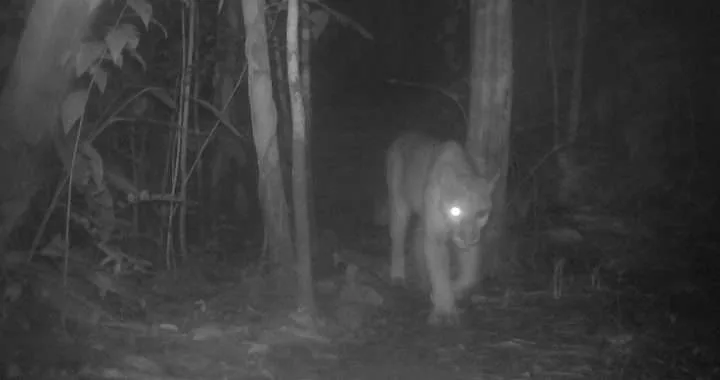I never cease to be amazed by the leaf-cutter ants. The most common species of tropical insects in Costa Ballena is Atta cephalotes, and it has been accomplishing some truly astounding feats for millions of years. Let’s have a look at a few.
- Leaf-cutting ants harvest around 15% of all the green matter produced by the rain forest. All of that foliage is broken down and recycled back into the web of forest life.
- The ants consume some of the plant juices, but the bulk of the leaves are fed to a fungus, which provides the primary source of nutrients for the colony. DNA testing has determined that the fungus the ants grow today is genetically identical to the one their ancestors learned to cultivate 50 million years ago.
- A bacteria that lives on a patch on the ant's skin produces an antibiotic that combats a mold that commonly attacks the ants’ fungus. Somehow they have been able to control the mold with the same antibiotic for 50 million years without it becoming resistant, something we humans, with all of our
modern technology, have been unable to accomplish. - One researcher determined that an average colony of about 5 million ants had excavated 22 cubic meters of soil weighing over 30 tons, 2 large dump truck loads.
- Worker ants climb trees 30 meters tall to harvest leaf matter. That would be the equivalent of a human climbing a tree 3½ kilometers high to get something to eat.
- Estimates vary, but a leaf-cutter worker can carry somewhere between 10 and 50 times its own weight.
- Atta cephalotes dumps its refuse in a chamber at the bottom of the colony as deep as two meters below the surface. The decomposition process heats the surrounding air which rises, and cooler air flows in through more than a thousand vents. In this manner they have created their own system of air conditioning.
By Jack Ewing
INFO: Jack Ewing – Hacienda Baru



